Did you know that Bell (now AT&T) had video telephone service in 1964?
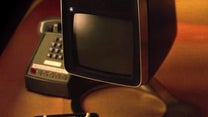
Not long ago, we passed along the story of the first videophone service, which was launched in 1936 in Germany only to be shut down a few years later. Today, we're sharing another bit of telecommunications history – how Bell (now AT&T) launched its video telephone service and along with it a revolutionary (for the time) device called the PicturePhone. This happened in the distant 1964 – exactly 50 years ago.
The PicturePhone was, basically, a device combining a camera, a screen, a speaker, and a microphone. It was used together with a standard, 12-button telephone to allow video calls to be made over the existing landline network. The display measured 5.5 by 5 inches and displayed black-and-white video at 30 frames per second and resolution of about 250 or 280 horizontal lines. Simply put, the PicturePhone was like something out of a sci-fi movie!

The office of the future, as imagined in 1964. Bell was aiming for 12 million VideoPhone subscribers by 2000
Bell was hoping to have 100,000 PicturePhone units in use on its network by 1975, but in reality, only a fraction of this estimate was reached by that time. The subscriber base consisted of 500 or so subscribers at its peak, most of which resided in Chicago. Needless to say, Bell didn't make much money out of its creation. In fact, it lost half a billion dollars, having invested tremendous amounts of time and resources in the device. PicturePhone service was discontinued in the late '70s.


Follow us on Google News

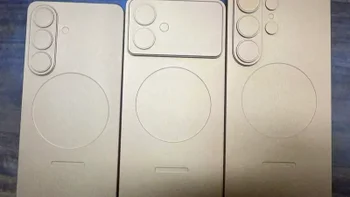



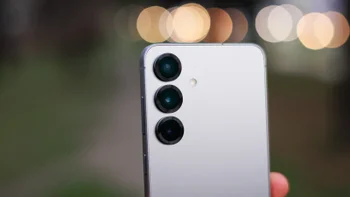

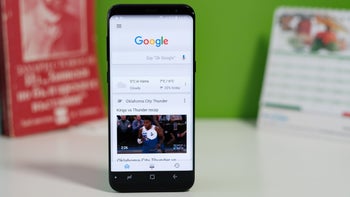
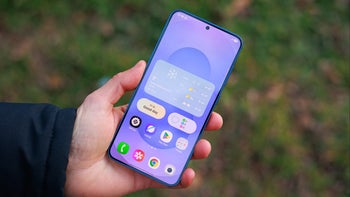
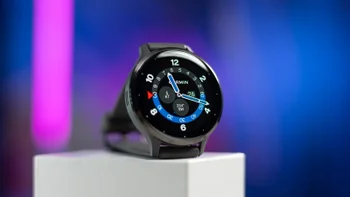
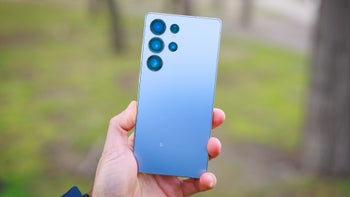
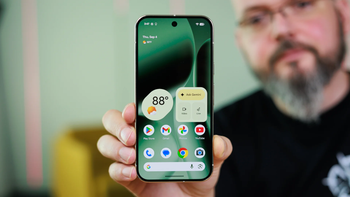
Things that are NOT allowed:
To help keep our community safe and free from spam, we apply temporary limits to newly created accounts: